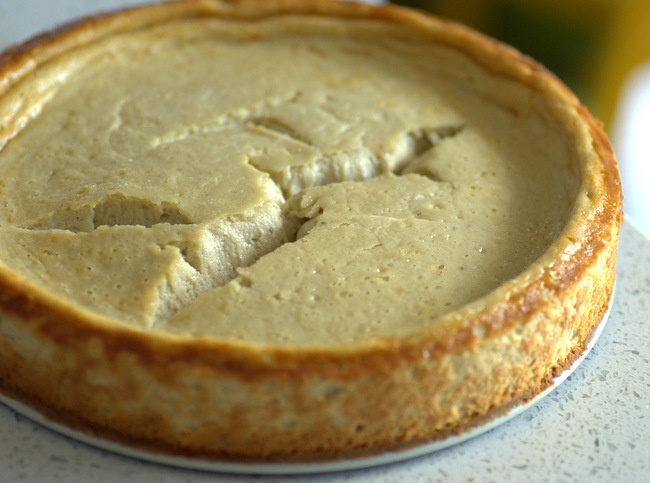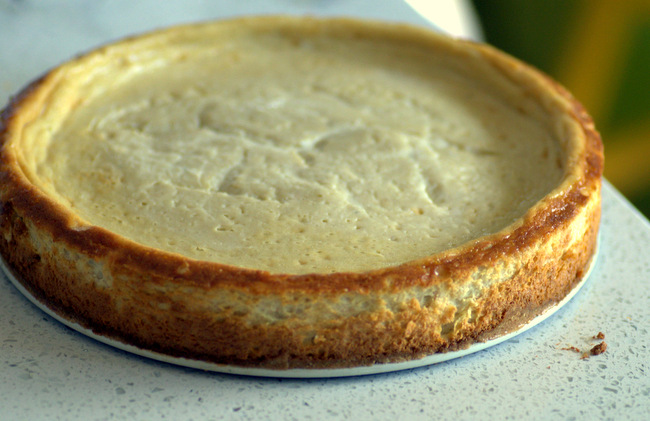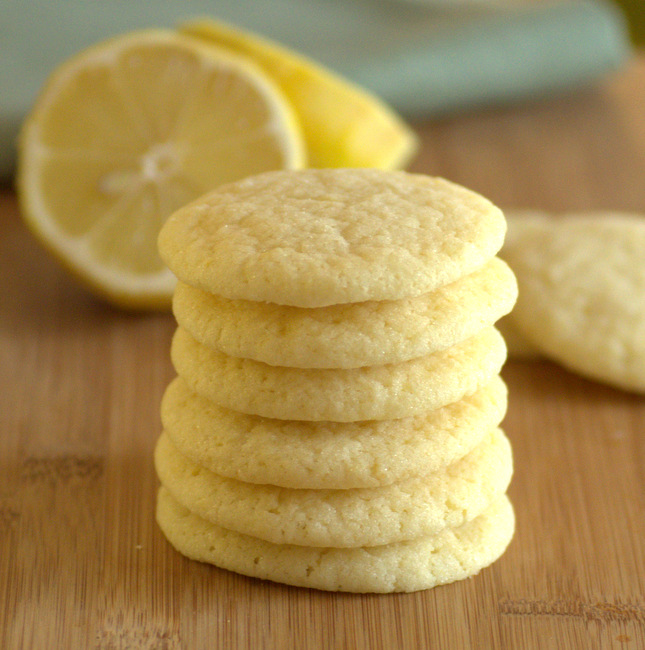
The ideal cheesecake will have a smooth, flat surface that is just waiting to be sliced into pieces and delivered to you on a plate. If you’ve baked a couple of cheesecakes, however, you know that they sometimes crack either during baking or as they cool off. A cracked cheesecake can often be covered up by adding a dollop of whipped cream or a generous spoonful of fruity sauce, but it is best to try to prevent it from happening in the first place and that means we have to take a look at why cheesecakes crack.
Why Do Cheesecakes Crack?
Cheesecakes can crack for a variety of reasons. The first reason is simply the result of that natural expansion of a baked good in the oven. In other words, the batter rises during baking due to tiny pockets of air created during the mixing of the batter. These air pockets shrink – pulling the cake with them – as the cheesecake cools and that means that the filling may pull away from the sides of the pan or the crust that it is baked in. If the cheesecake is perfectly baked, this shrinkage will be minimal and your cheesecake will not crack. If your cheesecake is overbaked, however, it will very likely crack. Overbaking is the second reason cheesecakes crack on our list and it is likely the leading cause of cracked cheesecakes. Since a cheesecake is a type of custard, the eggs in the batter thicken it to give the finished cake its rich consistency. When eggs are overbaked, they dry out and that means that your filling will also dry out, making it less flexible and more likely to crack. It is important to bake the cake until it is just set and the center still jiggles slightly when pulling it out of the oven. Â The third reason that cheesecakes crack is due to the temperature shift when they are taken out of the oven. If your cheesecake is perfectly baked, yet your kitchen is a chilly 55F, the cheesecake will probably still crack as it cools. You want your cheesecake to cool slowly to allow those air bubbles to shrink back gently into place. You can help the process by simply leaving your cheesecake in the oven with the door ajar to cool; a slightly open oven (that has been turned off) will release heat slowly and bring the temperature of the cheesecake down with it.
How to Prevent a Cheesecake from Cracking
The three things I listed above are connected and that means that if you want to prevent your cheesecake from cracking you need to turn the oven off when the cheesecake is done, but not over-done, and allow it to cool slowly for optimum results. Look for a center that is not wet or liquidy, but still jiggles if the pan is gently nudged. If your cheesecake cracks anyway, or if your cheesecake is uneven in color, it means that your oven is too hot or has hot spots, and you might need to turn it down (and increase the baking time slightly, if necessary) to prevent the cake from over-baking. Cracking can also plague custard-based pies, such as pumpkin pie, when they are overbaked for the same reasons.
How to Fix A Cracked Cheesecake
It is possible to fix a cracked cheesecake, but it won’t be as picture-perfect as uncracked cheesecake would be. Using this Instructables technique, I’ve repaired a few cheesecakes. First, keep in mind that your cheesecake should be refrigerated before attempting this technique. With the cold cheesecake on the counter, dip a meta offset spatula into warm water. Place the spatula on top of the crack and gently press down. The sides of the cheesecake will slowly start to come together and, thanks to the elasticity of the dessert, the cracks will start to close.

Make sure to dip your offset spatula into warm water (shake off the excess) between presses for the neatest results and chill your cake after the crack has been repaired. The top may look slightly mottled, but it should be fairly uniform and will probably fool almost anyone you want to share your dessert with. If your cheesecake has large cracks, like the one pictured in this post (overbaked on purpose!), you can still close them up with a little persistence.

Water Baths
Some people swear by water baths, claiming that they help to “steam” the cake in some way. Water baths are usually necessary when you are making a very delicate dessert, such as pot de creme or similar desserts. Water baths do not steam your cakes (that is an entirely different thing). Water baths insulate the cheesecake from too-high oven temperatures, limiting the risk of overbaking the cheesecake. Water baths will also insulate the cheesecake as it cools, if you leave them in the bath until the cheesecake reaches room temperature. They certainly do help and can be used with most cheesecake recipes, even if the recipe doesn’t call for it.
That said, there are some drawbacks to water baths. They’re heavy and can be messy. Even more problematic is that most cheesecakes are baked in springform pans with removable bottoms. This means that you will have to wrap your pan very carefully in foil (possibly multiple layers) to try and prevent leaks from the water bath. I prefer to avoid it myself when making cheesecakes for these reasons. Fortunately, a water bath certainly isn’t necessary to produce a fantastic cheesecake without cracks. It is more important to make sure the cake is not overbaked and allowed to cool slowly, both of which can be achieved without having to deal with a water bath.






Teresa
January 25, 2017This is really helpful. Thanks so much for sharing.
Jackie Burke
January 30, 2017I never realized cheesecakes could crack because of the temperature shift. You just solved a problem that has puzzled me for a long time. Thanks for such a helpful blog.